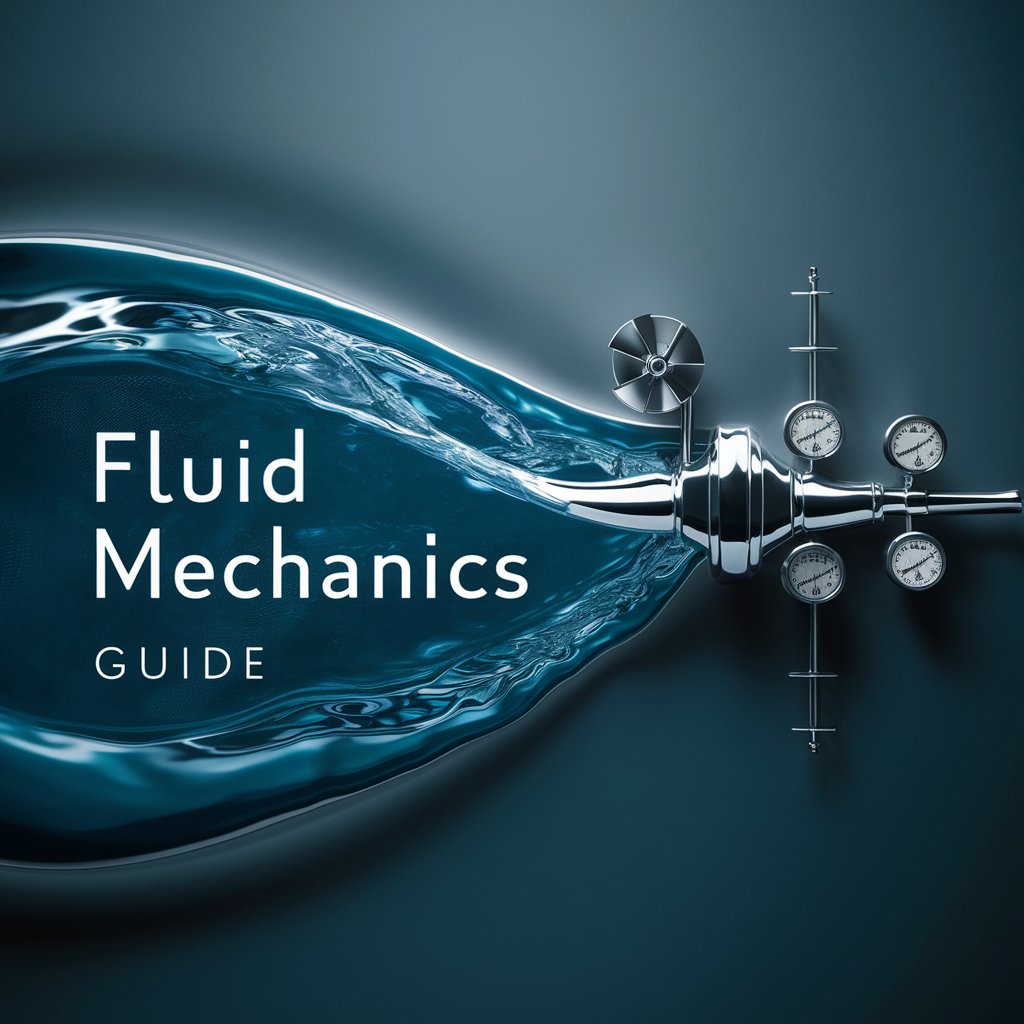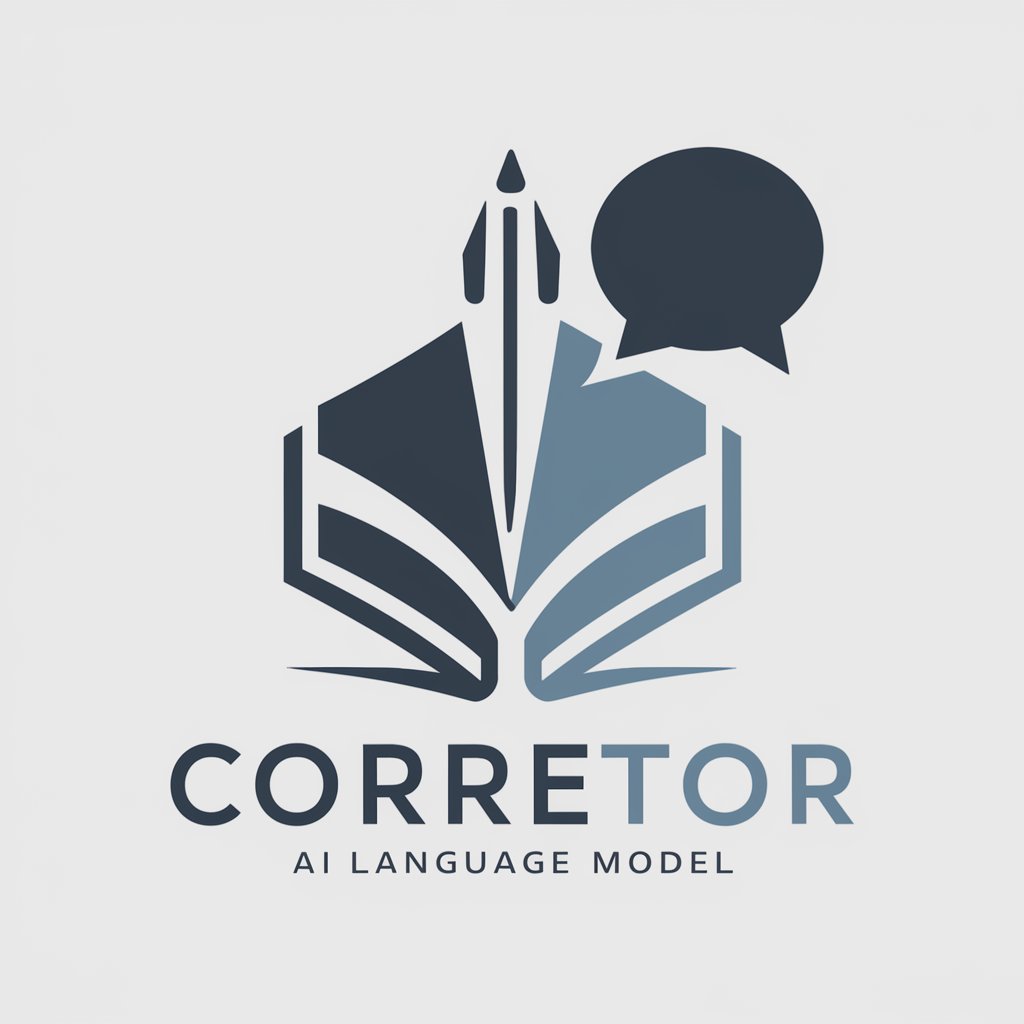Fluid Mechanics Guide - fluid mechanics insights and analysis.

Welcome to Fluid Mechanics Guide, your resource for mastering fluid dynamics.
AI-powered insights for fluid mechanics.
Explain the importance of Reynolds number in fluid mechanics experiments.
Describe an experimental setup for measuring pressure drop in a pipe.
How do you analyze data from a wind tunnel test?
What are the key considerations when designing a fluid mechanics experiment?
Get Embed Code
Introduction to Fluid Mechanics Guide
Fluid Mechanics Guide is a specialized digital assistant designed to support learning, research, and practical application in the field of fluid mechanics, particularly emphasizing the experimental aspects. This guide is adept at explaining complex fluid dynamics concepts, experimental setups, procedures, data analysis techniques, and result interpretation. It functions as an educational tool that simplifies technical language without losing the essence of the subject matter. For instance, a user might inquire about the principles behind flow visualization techniques, and the guide would detail methods like particle image velocimetry or dye injection, explaining their application in both educational and industrial settings. Powered by ChatGPT-4o。

Main Functions of Fluid Mechanics Guide
Educational Support
Example
Explaining the concepts of boundary layer theory and its implications for aircraft design.
Scenario
A student preparing for an exam or working on a project might use the guide to understand and apply these concepts to real-world scenarios, such as designing more efficient wing profiles.
Research Assistance
Example
Detailing experimental methods for measuring turbulent flow in pipes.
Scenario
A researcher may utilize the guide to select the most appropriate techniques and equipment for their experimental setup, ensuring accurate data collection for analysis.
Professional Development
Example
Offering insights into the latest advances in computational fluid dynamics (CFD).
Scenario
Professionals in the field might use the guide to stay updated on new simulation tools and methodologies, helping them enhance their workflow and improve simulation accuracy in projects.
Ideal Users of Fluid Mechanics Guide Services
Students
Students from undergraduate to graduate levels can benefit from the guide's detailed explanations of fluid mechanics principles, assistance with coursework, and guidance for laboratory experiments and projects.
Educators
Educators in physics, engineering, and related fields will find the guide a valuable resource for developing lesson plans, creating engaging demonstrations, and explaining complex topics in a comprehensible manner.
Industry Professionals
Professionals working in industries such as aerospace, automotive, and environmental engineering can utilize the guide to solve practical problems, optimize designs, and understand the fluid dynamics involved in their specific tasks.

Guidelines for Using Fluid Mechanics Guide
1
Visit yeschat.ai for a free trial without login, also no need for ChatGPT Plus.
2
Familiarize yourself with the technical language and terms related to fluid mechanics for optimal understanding.
3
Explore relevant experimental setups, procedures, and data analysis techniques by engaging with various questions or scenarios.
4
Ask specific, detailed questions to get comprehensive, tailored answers that align with your research or study needs.
5
Utilize this guide to streamline your work in education, research, or professional fluid mechanics projects by integrating accurate explanations and tips.
Try other advanced and practical GPTs
Recipes of 100 best chefs in the world
Culinary Mastery at Your Fingertips

Sol
Delve Deep with AI-Powered Insights

Mistral Copilot
Elevate text handling with AI power

Manifest Money Human Design Vision Board Maker
Visualize wealth with AI-powered design

AP Tutor Pro
Empowering education with AI.

Deep_ART GPT
Transforming pets into masterpieces.

Prezentacje
Transforming Data into Dynamic Presentations

AFL Tipping Pro
AI-Powered AFL Match Predictions

CFO Game Changer
Empowering Finance with AI

Corretor
Perfect Your Text with AI

English Tutor
Empower Your Words with AI

Branda
Optimize Supplier Relationships with AI

Common Questions & Answers for Fluid Mechanics Guide
What distinguishes Fluid Mechanics Guide from other tools?
This guide is specifically tailored to fluid mechanics, providing focused, technical responses in a professional tone. It emphasizes experimental aspects, practical applications, and offers detailed explanations for a wide range of knowledge levels.
How can Fluid Mechanics Guide help with data analysis?
The guide offers best practices for collecting, processing, and interpreting data in fluid mechanics experiments, helping users understand the rationale behind common techniques and uncovering potential pitfalls.
What experimental setups are covered in this guide?
Fluid Mechanics Guide covers a variety of experimental setups, such as wind tunnels, pipe flow measurement, and particle image velocimetry, providing tips for calibration, troubleshooting, and accurate data collection.
How accessible is Fluid Mechanics Guide for students?
Students can benefit greatly as the guide simplifies complex topics, ensuring clarity without sacrificing accuracy. It also encourages hands-on learning by providing practical advice for conducting their experiments.
Can Fluid Mechanics Guide assist with specific research questions?
Yes, by offering comprehensive and precise answers to specific queries, it can help researchers find experimental solutions, refine methodologies, and enhance the quality of their work.
